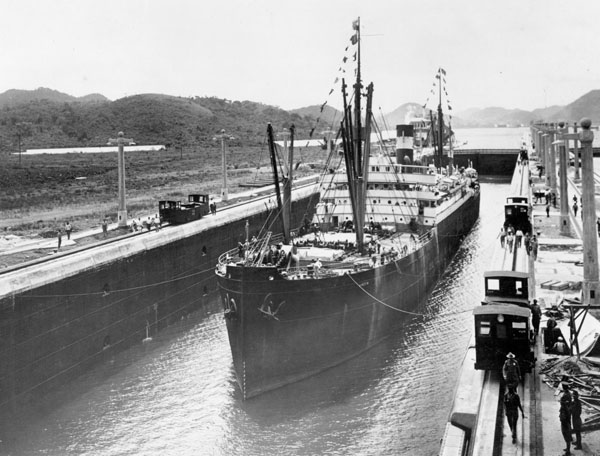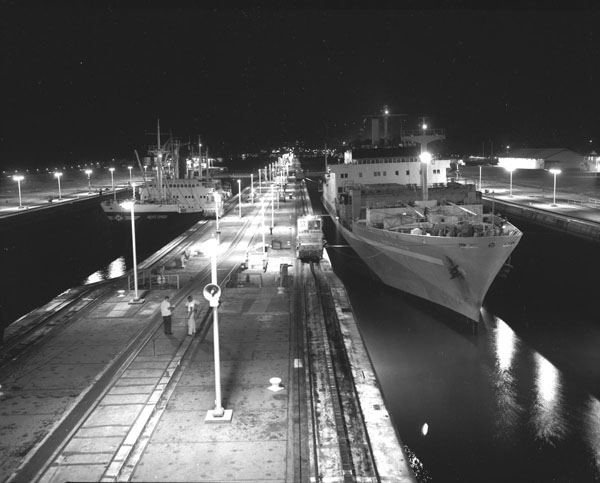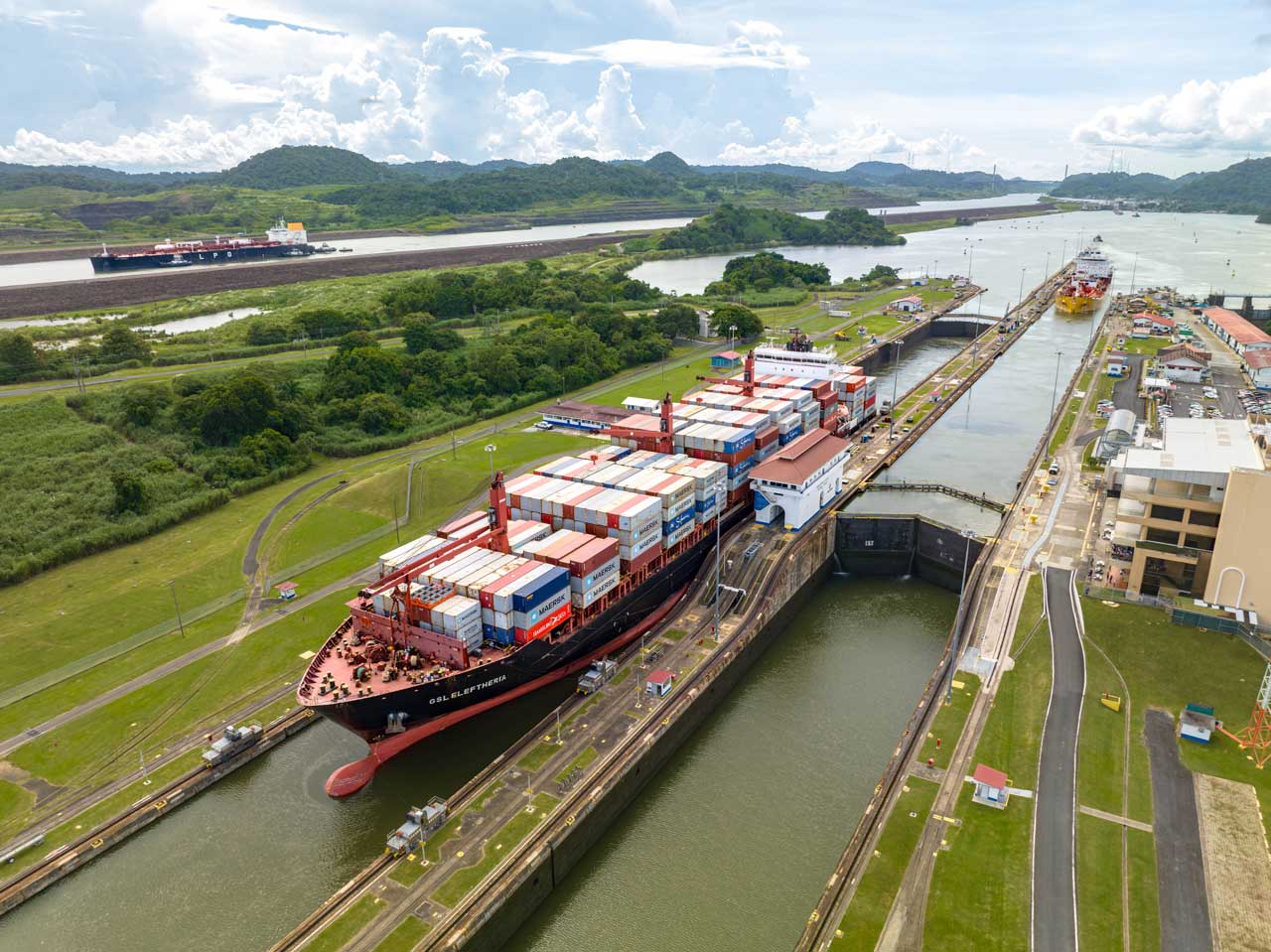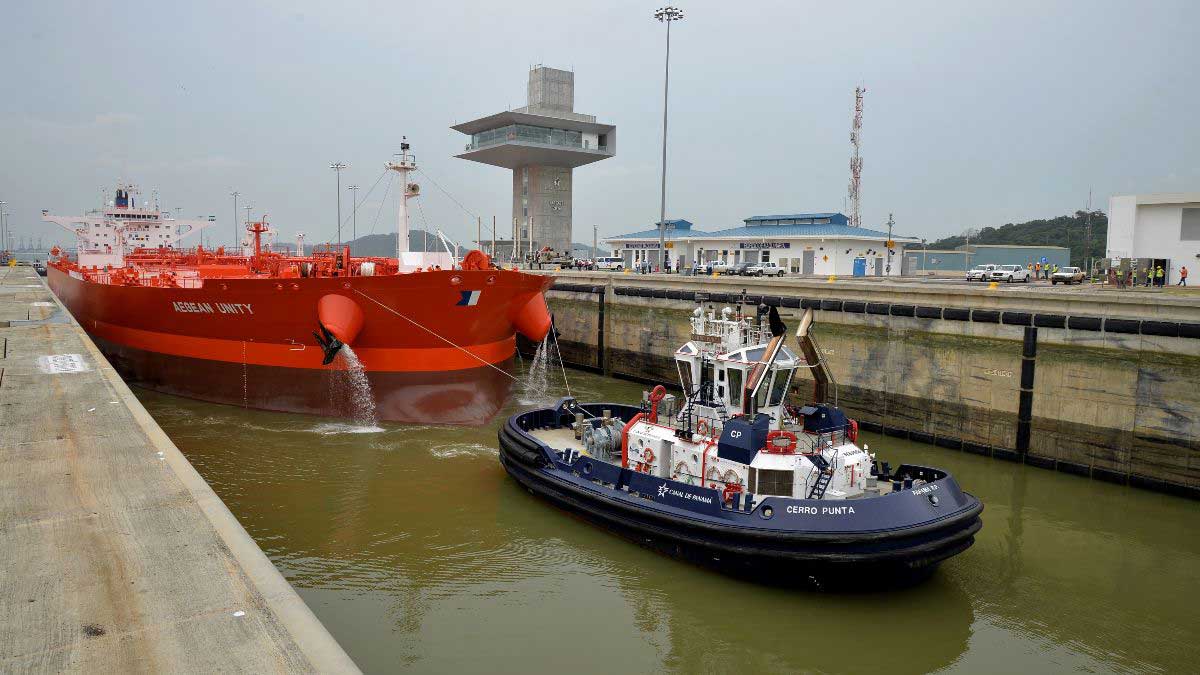Maritime trade in the Americas before the Panama Canal opened 107 years ago required sailing around Cape Horn, the southernmost tip of South America, a voyage that could take up to two months. Today, sailing from US East Coast to Asia through the Panama Canal takes approximately 26 days, compared to 43 days for voyages through Cape Horn, 37 days through Cape of Good Hope, or 33 days if transiting through the Suez Canal.
Today, the Canal has facilitated more than 1.1 million transits, connecting more than 180 maritime routes, and 1,920 ports in 170 countries. It has also grown to serve as the Green Route by continuously expanding its environmental protections, incentives and offerings as a more sustainable option for shipping lines. Since its opening in 1914, the Canal has contributed to the reduction of more than 850 million tons of carbon dioxide (CO2) through its service to shipping lines.
As we look ahead to the future, take a look back at key moments in the Canal’s 107-year history:

AUGUST 15, 1914 – The Inauguration of the Panama Canal
The Panama Canal opens to the world with the transit of the SS Ancon transiting from the Atlantic to the Pacific. Two hundred people were on board, including Captain John Constantine and the President of Panama, Belisario Porras.

MAY 12, 1963 – 24/7 Operation
The Panama Canal starts operations 24 hours a day, seven days a week. This was made possible with the installation of fluorescent lighting at the locks and the Culebra Cut, allowing night transits and increasing overall transits to the waterway.
Did You Know? On September 4, 2010, the bulk carrier Fortune Plum became the millionth transit through the Canal.



